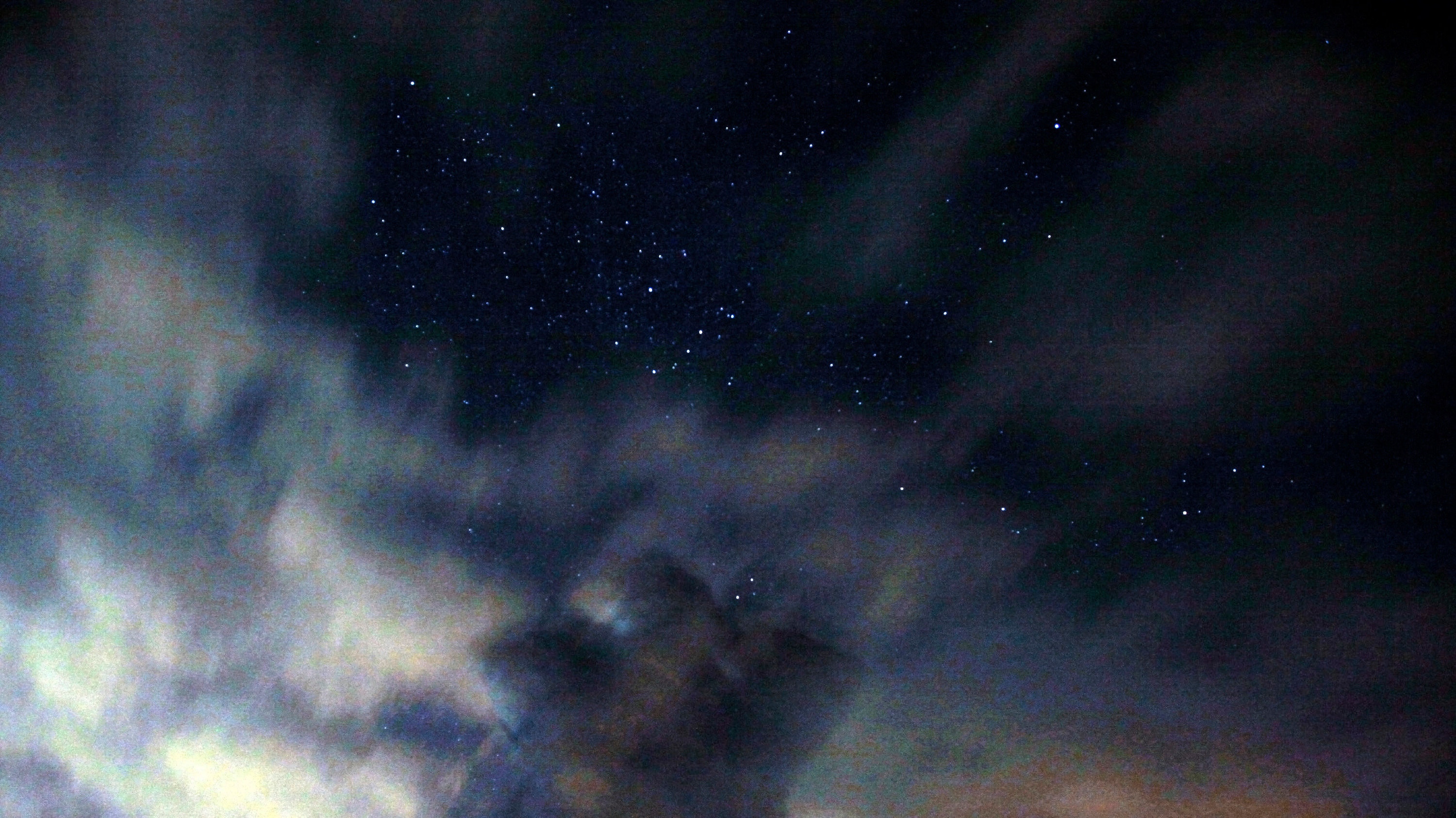Home / Science / Orionids Meteor Shower Peaks This Week with Optimal Viewing Conditions
Orionids Meteor Shower Peaks This Week with Optimal Viewing Conditions
20 Oct
Summary
- Orionids meteor shower caused by Halley's comet debris
- Peaks on October 21-22, 2025
- Excellent viewing conditions due to new moon

On October 21-22, 2025, skywatchers will be treated to the peak of the Orionids meteor shower, a celestial event caused by Earth passing through the debris trail of Halley's comet. This annual shower is known for its bright, fast-moving meteors that appear to radiate from the Orion constellation.
The Orionids have been active since October 2, 2025, and are expected to continue through November 7, 2025, according to the International Meteor Organization. However, the peak viewing period is set to occur this week, as the moon will be in its new phase, providing ideal conditions for observing the cosmic light show.
Meteor showers occur when Earth intersects the path of debris left behind by comets or asteroids as they orbit the sun. As these small particles enter the atmosphere, they burn up, creating the streaks of light we see in the night sky. The Orionids, like the Eta Aquarids in early May, are the result of Earth passing through the debris field of Halley's comet.




